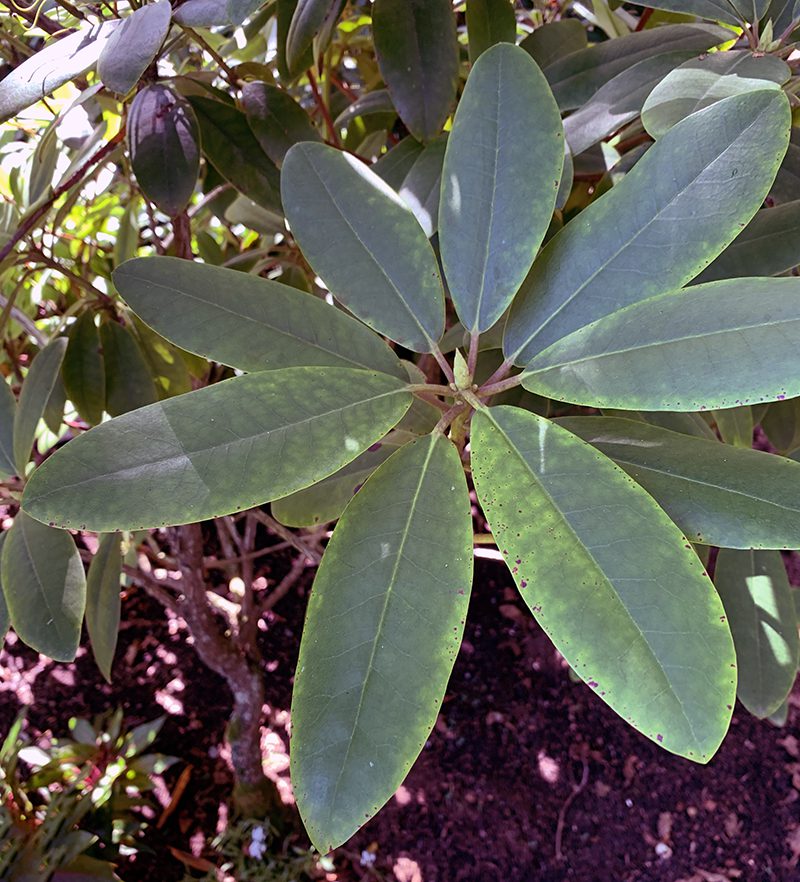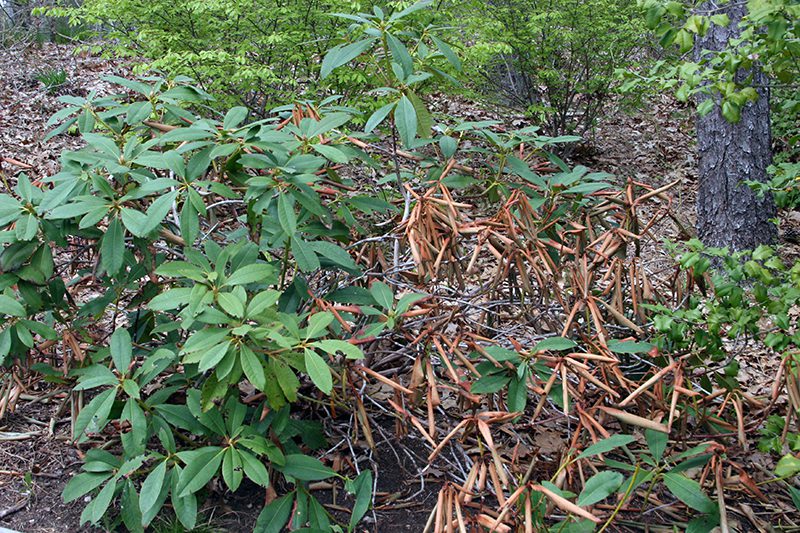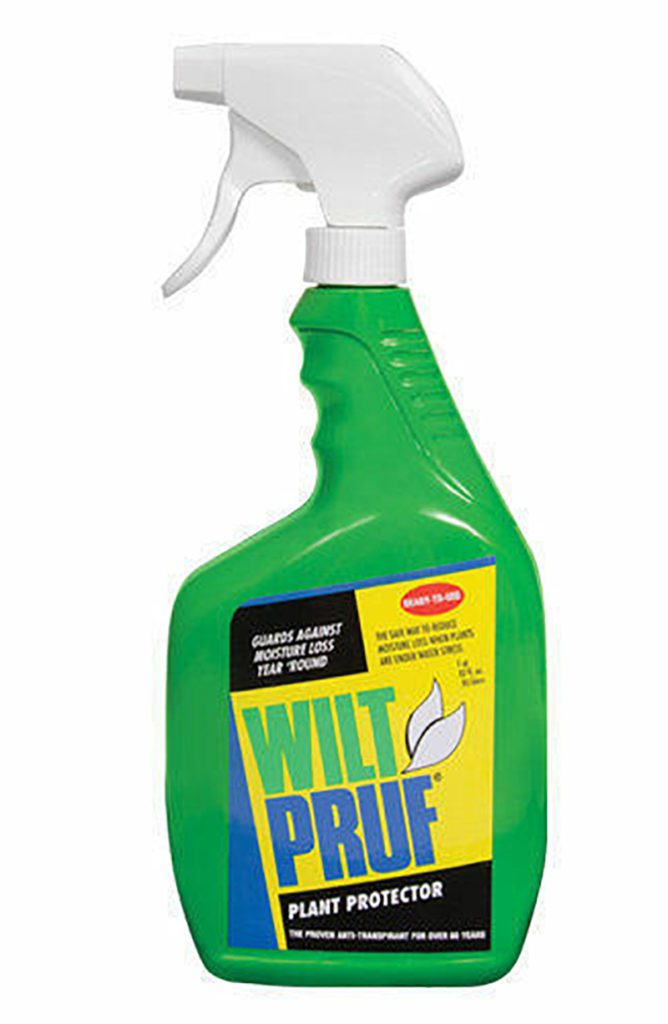Fall Rhododendron Care
Fall Rhododendron Care
Keeping your rhodys happy through the winter and beyond!
Rhododendrons thrive on Cape Cod: they love our acidic, well drained soil and milder winter temperatures. The past few summers, however, have been dry and some of these plants have shown significant drought damage. Our customers have several questions about fall Rhododendron care, so here are 5 tips for keeping these evergreen shrubs happy and healthy.
- Rhododendrons form their flower buds for next year the summer before. Your plants should have buds in the center of the circle of leaves that contain next spring’s flowers and new foliage. If you live where the deer wander, you might want to spray these buds with Plantskydd, which is a long-lasting deer repellant.

2. Remove deadwood anytime. If your Rhododendron has dead stems, you can cut these out any time. If you’re unsure if a stem is completely dead, it won’t hurt to leave it in place over the winter and see if there is any new, green growth that appears next May. Often Rhododendrons will produce new shoots from the ground or the base of a trunk. When removing dead trunks in the fall, leave about a foot at the base, and make the cut slanted to repel water. That way, if there is life in that stem you may see it produce new growth next spring.

3. Improve the soil around your Rhododendrons. One of the best things you can do for rhodys in the fall is to spread an inch of compost around the base of the plant and out just beyond the drip line. Next spring you’ll scatter Hollytone over that same area, but in November and December compost is the only amendment you need.

4. Don’t worry about the random fall flowers. Some Rhododendrons, most notably PJM’s, open a few flowers in the fall. This is because the growing conditions – hours of daylight, temperatures and rainfall – are almost identical to spring. Enjoy them or ignore them – you can’t control this and the plant will still flower next year.

5. Newly planted Rhododendrons? Spray with Wilt-Pruf. If you have shrubs that were planted this past summer, or transplanted within the last six months, spraying them with an anti-desiccant is a good idea. It helps prevent excess moisture loss through the leaves over the winter.

Subscribe To Our Newsletter
Sign up for our weekly email about sales and events.
